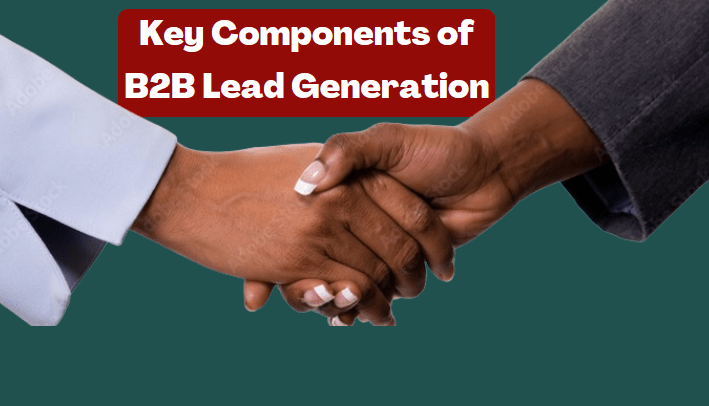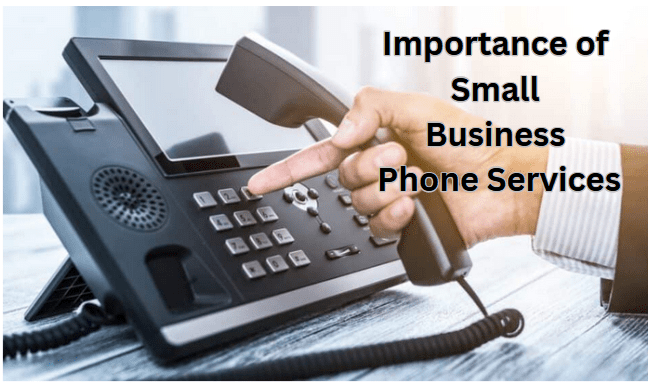B2B lead generation is a critical aspect of any successful business-to-business (B2B) marketing strategy. It involves identifying and attracting potential customers who are likely to be interested in a company’s products or services. In the complex landscape of B2B transactions, effective lead generation can significantly impact a company’s revenue and growth.
Are you an entrepreneur, here are 15 reasons you need small business accounting software this 2024.
This article will delve into the 10 key components of B2B lead generation to help businesses navigate the competitive market and build a robust pipeline of qualified leads.
1. Target Audience Identification
The first step in B2B lead generation is to understand your target audience. It’s crucial to identify the industries, companies, and decision-makers that align with the product or service being offered. This involves creating detailed buyer personas to better tailor marketing efforts and content to the specific needs and pain points of the intended audience.
2. Effective Data Management
Accurate and up-to-date data is the backbone of successful B2B lead generation. Companies must invest in maintaining a clean and organized database of contacts. This includes regularly updating contact information, segmenting leads based on various criteria, and ensuring compliance with data protection regulations.
3. Content Marketing Strategy
A well-crafted content marketing strategy is essential for attracting and engaging potential B2B leads. High-quality content, such as blog posts, whitepapers, case studies, and webinars, helps establish a company as an industry authority and attracts prospects who are actively seeking information relevant to their business challenges.
4. SEO Optimization
Search Engine Optimization (SEO) is a critical component of online lead generation. Ensuring that a company’s website and content are optimized for search engines increases visibility, thereby making it easier for potential leads to discover the business when searching for relevant products or services.
5. Lead Magnets and Incentives
To entice potential leads to share their contact information, businesses often use lead magnets and incentives. This could include offering downloadable resources, free trials, or exclusive access to valuable content. These incentives encourage prospects to take the next step in the buyer’s journey.
6. Social Media Engagement
Engaging with potential leads on social media platforms is an effective way to build relationships and foster trust. B2B companies should strategically leverage platforms like LinkedIn, Twitter, and Facebook to share industry insights, participate in discussions, and connect with decision-makers in target organizations.
7. Email Marketing Campaigns
Email remains a powerful tool in B2B lead generation. Crafting targeted and personalized email campaigns helps nurture leads through the sales funnel. Automation tools can be employed to send timely and relevant messages, providing valuable content and keeping the brand top of mind.
8. Multi-Channel Marketing Approach
Diversifying lead generation channels is crucial for reaching a wider audience. A multi-channel approach may include a combination of online and offline strategies, such as trade shows, webinars, social media, and email marketing. By utilizing multiple channels, businesses can maximize their reach and engagement.
9. Lead Scoring and Qualification
Implementing a lead scoring system helps prioritize leads based on their likelihood to convert. Factors such as engagement with content, job title, and company size can be used to assign scores. This ensures that the sales team focuses their efforts on leads that are more likely to become customers.
10. Analytics and Continuous Improvement
Regularly monitoring and analyzing key performance indicators (KPIs) is essential for refining and optimizing the lead generation strategy. Metrics such as conversion rates, cost per lead, and lead source effectiveness provide valuable insights. Continuous improvement based on data-driven decisions is crucial for long-term success.
Conclusively, in the competitive landscape of B2B marketing, effective lead generation is a key driver of business success. By focusing on these 10 key components, businesses can create a comprehensive B2B lead generation strategy that identifies, attracts, and nurtures high-quality leads, ultimately contributing to increased revenue and sustained growth.




